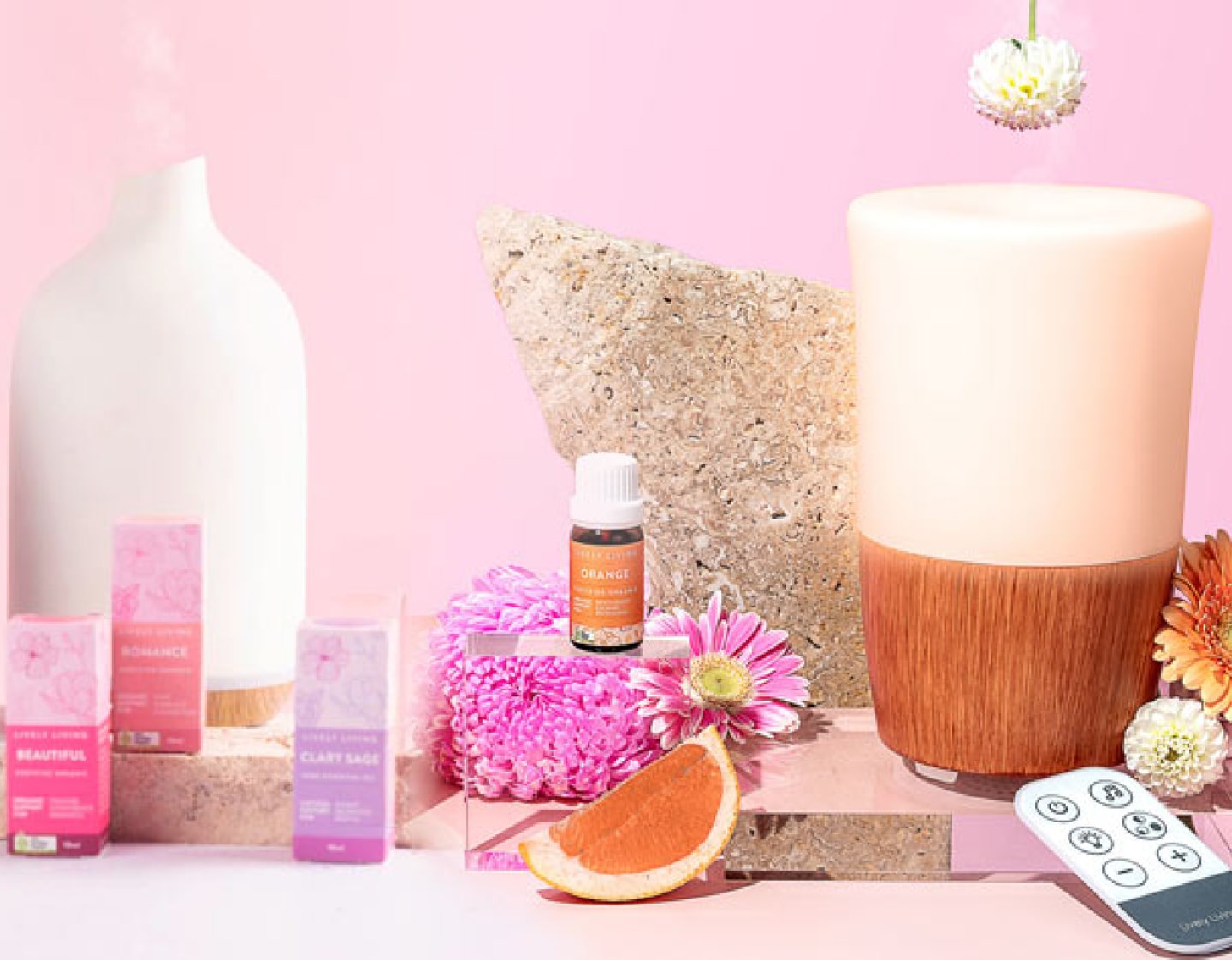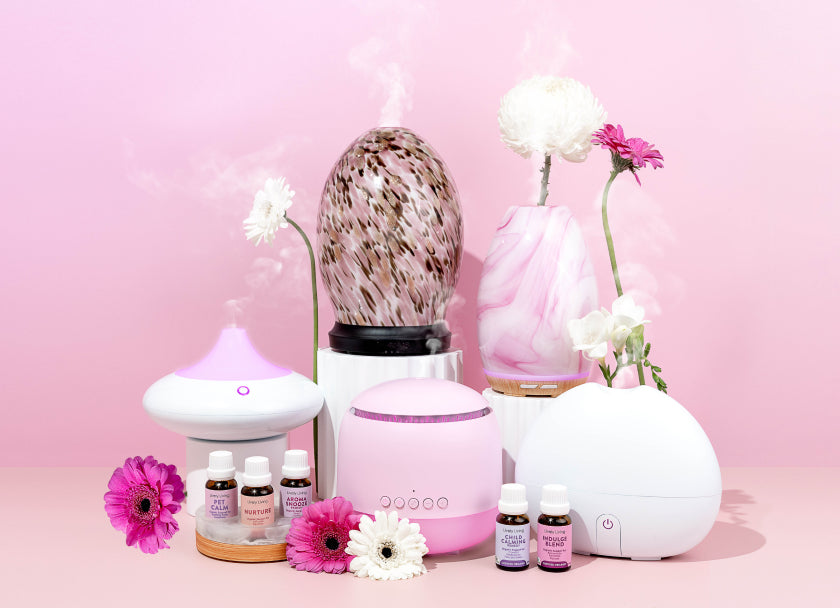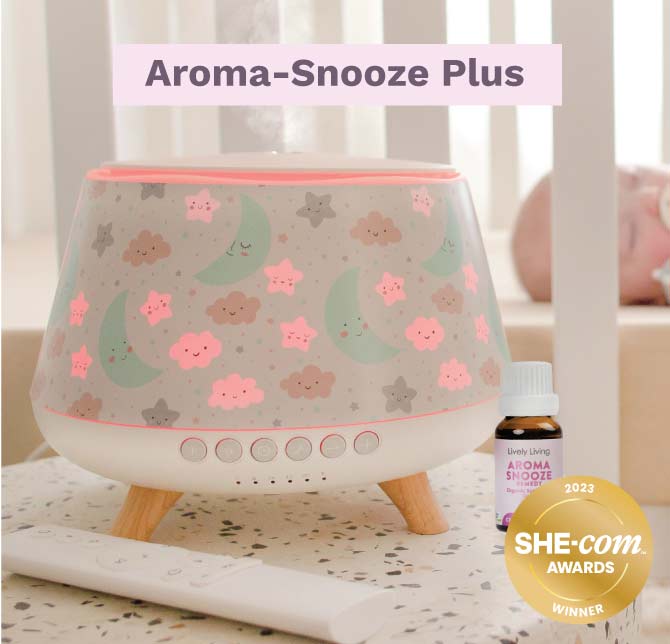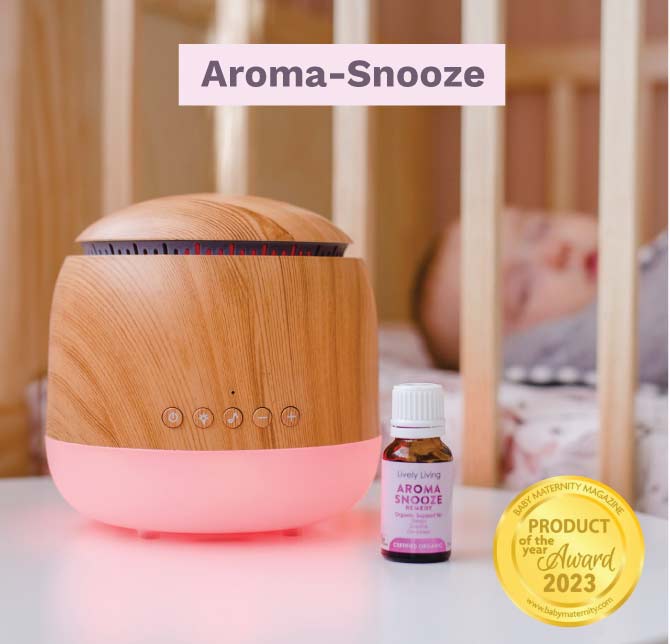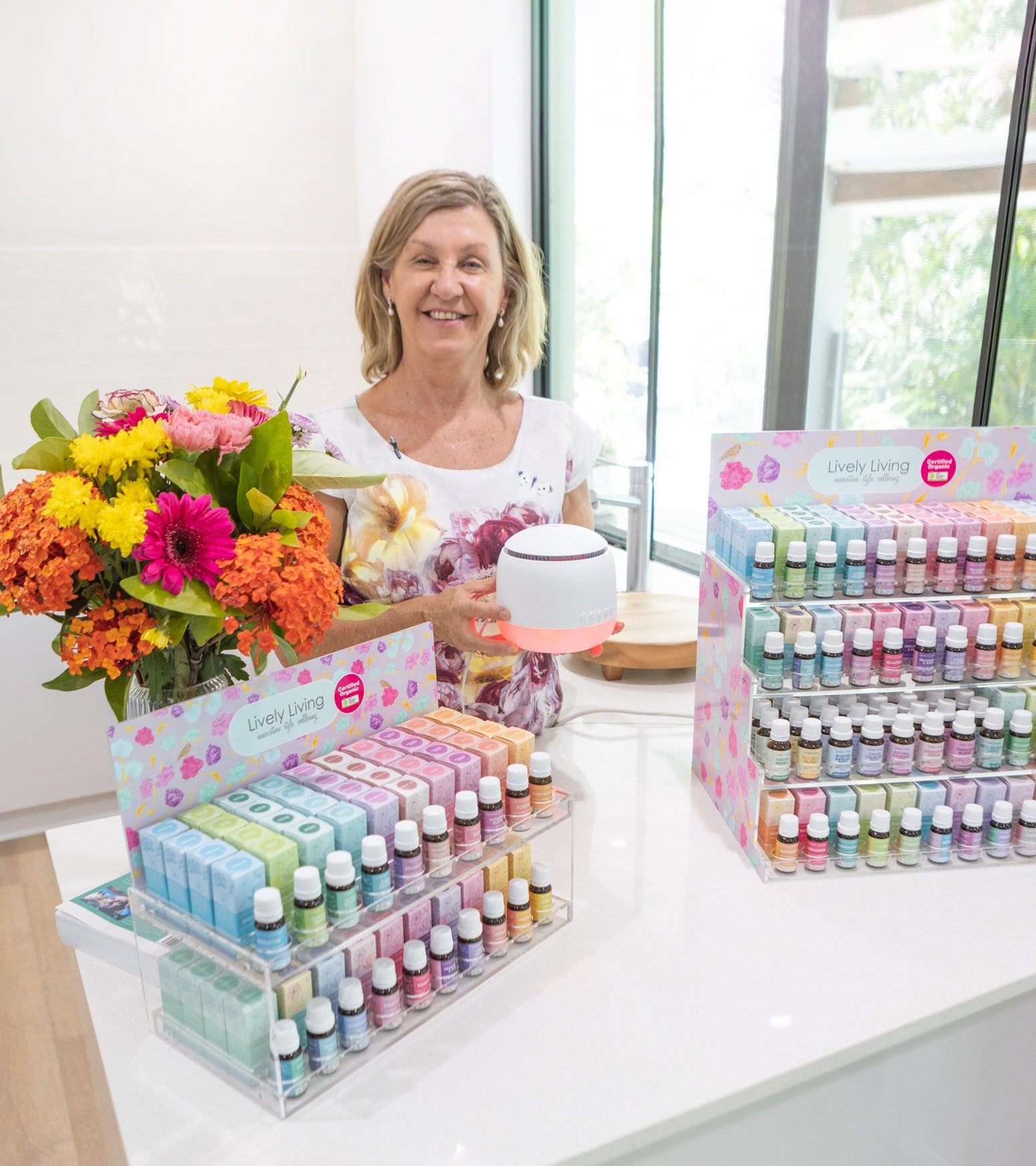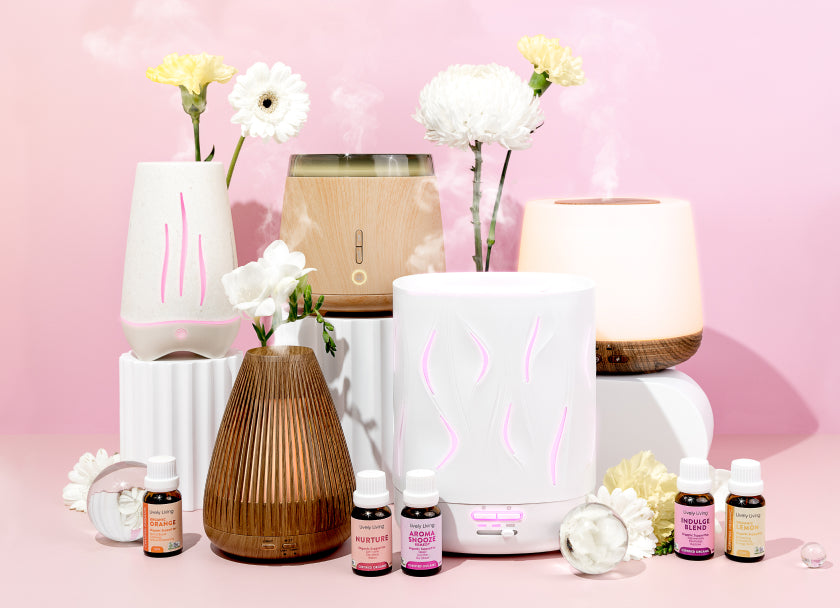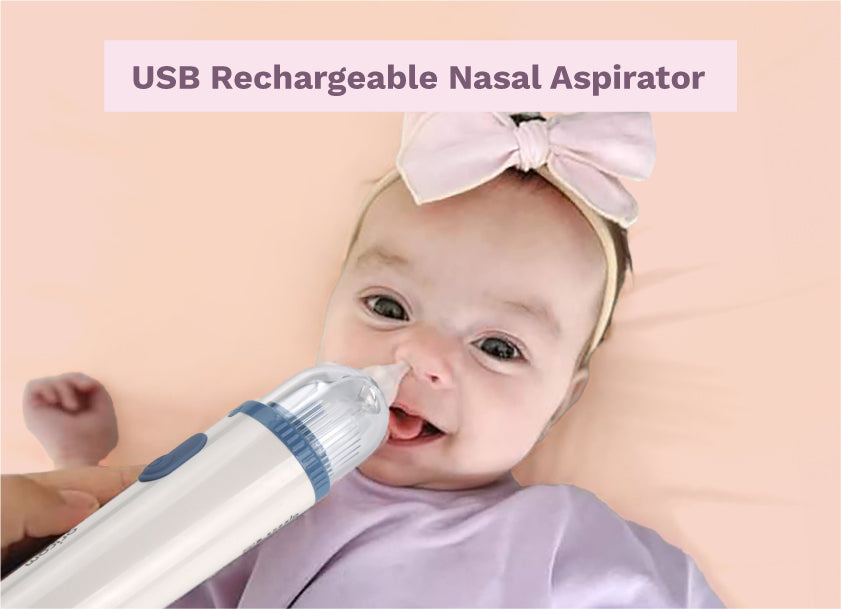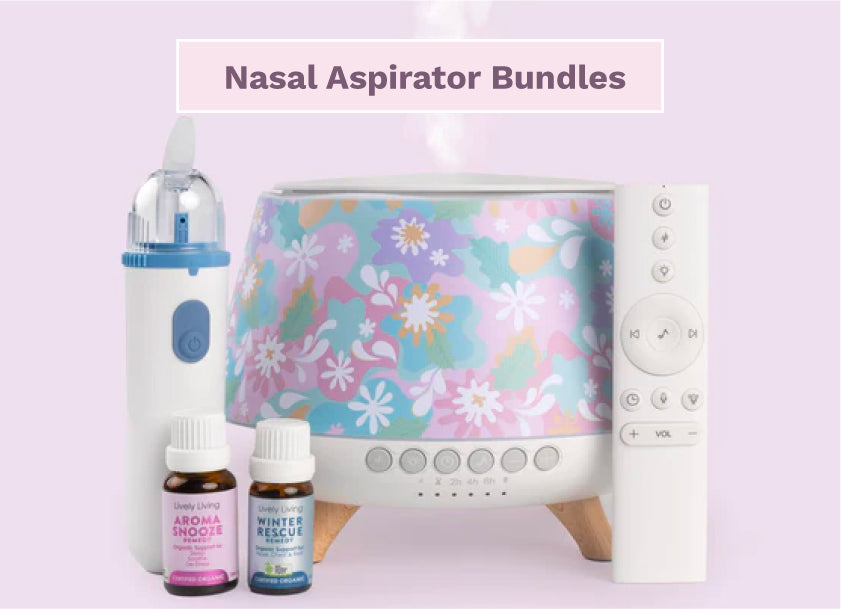Discover the Top Benefits of Essential Oil Roll-Ons
You've probably seen them around, those neat little essential oil roll-ons. Maybe you're curious about what they are and how they work. You're in the right place because we understand; starting with pure essential oils can sometimes feel overwhelming.
These handy bottles, often called oil roller bottles or simply roll ons, make using aromatherapy incredibly simple. Forget measuring drops or mixing essential oil blends yourself; essential oil roll ons come ready to use. You'll learn all about applying essential oil roll-ons for everyday wellness concerns and harnessing their therapeutic benefits.
Table of Contents:
- What Exactly Are Essential Oil Roll-On Bottles?
- Why Use a Pre-Made Roll-On?
- Understanding Dilution in Essential Oil Roll-Ons
- How Do Roll-Ons Work on Your Skin?
- The Power of Smell: Inhaling Roll-On Scents
- Best Places to Apply Your Essential Oil Roll-Ons
- Finding Essential Oil Roll-Ons for Your Needs
- Making the Most of Your Roll-Ons
- Choosing Quality Essential Oil Roll-ons
- Expanding Your Aromatherapy Journey
- Conclusion
What Exactly Are Essential Oil Roll-On Bottles?
Think of essential oil roll-ons as portable aromatherapy buddies. They contain pure essential oil preparations already mixed with a carrier oil. This mix goes into a small bottle, usually glass, fitted with roller balls on top.
The typical size you'll find is a 10 ml glass vial, perfect for slipping into a pocket or purse. The rollerball top serves two main functions. It prevents the oil blend from leaking and allows you to easily swipe the blend right onto your skin at any aromatherapy pulse point.
Inside, the bottle is mostly carrier oil, typically about 90-95% of the volume. Good examples include Fractionated Coconut oil, Jojoba oil, or Sweet Almond oil; these carrier oils help dilute the potent essential oils and nourish your skin too. The remaining percentage is either a single note essential oil, like Lavender or sweet orange, or carefully crafted essential oil blends designed for a specific purpose or mood.
Why Use a Pre-Made Roll-On?
So, why reach for an essential oil roller instead of a standard bottle of pure essential oil? Well, the convenience is a huge factor. They are perfectly portable for use anytime, anywhere, offering aromatherapy on the go.
Roll-ons, also known as oil roll ons, take the guesswork out of dilution. You don't need to worry about getting the ratios right because it's already expertly done for you, making them safe for direct skin application. This makes them a very straightforward way to access essential oil benefits without needing extensive knowledge of aromatherapy essentials.
Plus, these aromatherapy roll-ons can double as a natural perfume. You get a lovely plant-based scent, perhaps a citrus herbal blend or a floral like ylang ylang, instead of synthetic fragrances often found in commercial perfumes. It's aromatherapy and personal fragrance rolled into one convenient product type.
Understanding Dilution in Essential Oil Roll-Ons
Dilution is really important when using essential oils on your skin. Pure essential oils are highly concentrated plant extracts and can sometimes cause irritation or sensitization if applied neat (undiluted). Mixing them with one of the many available carrier oils makes them safer for topical application and helps spread them over the skin.
Many pre-made roll-on essential oils use a dilution of 5-10%. This might sound higher than the 1-2% often recommended for general body oils or applications covering large areas, especially for children. However, there's a specific reason for this concentration in an oil roll.
Essential oil roll ons are intended for targeted spot treatment, not for slathering all over your body like massage oils. You apply them to small, specific areas, like your temples, inner wrists (pulse points), or behind the ears. For this localized use, a slightly higher concentration is often needed to achieve the desired aromatic intensity and therapeutic benefits, as explained by experienced aromatherapists like Sylla Sheppard-Hanger.
How Do Roll-Ons Work on Your Skin?
Essential oils smell amazing, that's clear. These captivating aromas come from natural volatile oils extracted from various parts of plants like flowers, leaves, bark, and roots. They contain complex mixtures of phytochemicals, which are tiny plant molecules.
These molecules are generally small enough to penetrate the outer layers of the skin. Once absorbed through the skin barrier, they can potentially enter the bloodstream and circulate through the body. Different essential oils possess different chemical constituents and properties that may interact with the body's systems in various ways.
Depending on the specific essential oil blend used, roll-ons can be applied topically for a wide range of everyday wellness concerns. Some oil blends aim to calm the mind and reduce feelings of stress, while others might target muscle discomfort, support energy levels, or promote a restful night's sleep. Specific oils are chosen for their traditionally known effects and properties supported by modern research.
For instance, Lavender essential oil is one of the most well-studied pure essential oils. Research indicates that key compounds in Lavender, such as linalool and linalyl acetate, can exert a calming effect when applied topically or inhaled. These compounds appear to interact with the central nervous system, potentially promoting relaxation [1]. Using a Lavender roll-on on pulse points before bed is a popular way to prepare for a restful night's sleep.
Want to enhance the effect for something like soothing muscle aches after exercise? Applying gentle heat, perhaps with a heating pad after you apply essential oil, can sometimes help increase local blood flow and potentially enhance the absorption and effectiveness of the blend essential oil components.
The Power of Smell: Inhaling Roll-On Scents
It's not just about skin absorption; the olfactory aspect—the power of smell—plays a crucial role in how essential oil roll-ons work. When you inhale the aromatic molecules released from essential oils, they travel up your nasal passages. They directly stimulate receptors linked to the olfactory bulb, which connects directly to the limbic system in your brain.
Your nose effectively has a direct pathway to the brain's emotional control center, including areas involved in memory, mood, and stress responses. This anatomical connection is why smelling certain scents can instantly affect your mood, evoke memories, and influence physiological responses [1, 2]. It's a potent and immediate connection.
Scientific studies lend support to this concept. Research has explored how inhaling essential oils like Lavender or Bergamot can potentially help manage feelings associated with mild anxiety or lift a low mood [2]. The simple act of breathing in these natural plant compounds from your essential oil roller can be surprisingly beneficial for mental well-being.
Ever notice how unpleasant odors seem to linger in your awareness while pleasant ones often fade into the background? This phenomenon relates to your brain's natural wiring for survival. Unpleasant smells might signal potential danger (like spoiled food or smoke), so your brain stays alert to them.
With pleasant, non-threatening smells like those from pure essential oil blends, your brain often habituates or adapts. It stops constantly registering the scent once it determines there's no threat. The aroma is still present and being inhaled; you just might not consciously notice it as strongly after a period of continuous exposure.
Best Places to Apply Your Essential Oil Roll-Ons
You can use these versatile oil roll ons on many parts of your body. Generally, applying them where your skin is thinner can facilitate absorption. Areas where blood vessels run close to the skin's surface, known as pulse points, are also excellent spots for application because the warmth can help diffuse the aroma.
But first, a crucial safety step we recommend applying first. Always perform a small patch test before using a new essential oil roll-on extensively, especially if trying a new brand or blend. Apply a small amount of the oil to a discreet area, like your inner forearm, and wait 24-48 hours to check for any reaction.
Some individuals might react to certain essential oils or carrier oils, particularly those with sensitive skin, allergies, or a history of conditions like eczema [3]. If you notice any redness, itching, or irritation during the patch test, discontinue use of that specific product. It's always better to be cautious when applying essential oils directly to the skin.
If your patch test shows no adverse reaction, here are some effective places to apply your essential oil roller:
- Temples (excellent for headache essential oil blends, but use caution to avoid contact with eyes).
- Inner wrists (a classic aromatherapy pulse point, easy to access and sniff).
- Other pulse points (such as inside the elbows, behind the knees, or at the ankles).
- Behind your earlobes, near the jawline.
- The back of your neck, especially along the hairline or at the base of the skull.
- Onto a disposable face mask (apply to the outside, allows for pleasant breathing during short errands).
- Soles of the feet (a very popular spot, particularly for applying relaxing blends before seeking a restful night's sleep).
Another wonderful technique involves using your hands as personal diffusers. Roll the essential oil blend onto one palm, then gently rub your hands together to warm the oils slightly. Cup your hands loosely over your nose and mouth (avoid touching your face) and take 4-5 deep, slow breaths, inhaling the aroma.
This inhalation method is particularly effective for blends aimed at managing stress, improving mood, enhancing focus, or tackling mild anxiety. It delivers the aromatic benefits directly to your brain's limbic system via the olfactory pathway. You effectively get both topical exposure and powerful aromatic effects simultaneously.
Don't forget targeted application for specific concerns. You can roll the oils directly onto localized problem areas. Consider applying blends designed for scars, blemishes, insect bites, or specific spots feeling achy, tense, or experiencing discomfort. Just roll the oil roller right where you need that support.
Here's a less common but delightful idea: incorporating roll-ons into your hair care routine. Apply a small amount to your hairbrush before brushing, or lightly swipe the roller ball over the ends of your hair. The scent can linger pleasantly as you move throughout your day, providing subtle aromatherapy.
Finding Essential Oil Roll-Ons for Your Needs
The potential uses for essential oil roll-ons span a wide spectrum of wellness concerns. Whatever your personal wellness goal might be, there's likely an oil blend or single note essential oil roll-on available. Need help winding down after a long day, focusing during work, or soothing occasional discomfort?
Here are just a few examples illustrating the variety of roll-on essential oils and blends you might find when you range shop:
- Headache Relief: Often utilize cooling oils like Peppermint combined with relaxing Lavender (e.g., a 'Head Ease' or headache essential blend).
- Stress Support: Blends frequently feature calming oils such as Bergamot, Frankincense, or Chamomile (e.g., 'Stress Relief').
- Mild Anxiety Soothing: Gentle oils selected for their potential to calm nervous feelings, possibly including Lavender, Bergamot, or Ylang Ylang (e.g., 'Anxiety Ease').
- Worry Lessening: Formulated to help quiet a racing mind, potentially using grounding oils like Vetiver or Cedarwood (e.g., 'Worry Less').
- Aches & Pains: May contain oils known for their soothing properties when applied topically, like Ginger, Black Pepper, or Marjoram.
- Muscle Comfort: Targeted essential oil blends for muscle tension or post-workout recovery, sometimes featuring Peppermint, Eucalyptus, or Wintergreen (e.g., 'Muscle Relief').
- Sleep Assistance: Featuring deeply relaxing pure essential oils like Lavender, Chamomile, Vetiver, or Marjoram to promote a restful night's sleep (e.g., 'Sleep Ease', aiming for that deep night's sleep).
- Seasonal Allergy Support: Aimed at soothing symptoms like sniffles or itchy eyes, often using oils like Lavender, Lemon, and Peppermint (e.g., 'Pollen Buster').
- Clear Breathing: Often includes invigorating oils like Eucalyptus, Peppermint, or Tea Tree to support respiratory clarity (e.g., 'Deep Breath').
- Mood Enhancement: Uplifting scents, frequently citrus oils like Sweet Orange, Lemon, or Grapefruit, combined with florals like Geranium (e.g., 'Mood Boost').
- Digestive Comfort: Ginger, Peppermint, or Fennel might be used in blends designed for topical application to the abdomen (e.g., 'Digest Ease' or 'Tummy Aid').
- Focus Improvement: Often features stimulating and clarifying oils like Rosemary, Peppermint, or Lemon to aid concentration (e.g., 'Focus, Focus, Focus').
- PMS Symptom Management: Oils such as Clary Sage, Geranium, or Lavender might be included in blends aimed at balancing mood and easing discomfort (e.g., 'PMS Ease' or 'Stop Cramps').
These are merely examples, of course, illustrating the diverse product type range. Different brands utilize unique combinations and formulations in their essential oil blends. Reading the ingredient list and product description carefully helps you choose the roll-on best suited to your specific needs and preferences.
Making the Most of Your Roll-Ons
To get the best experience and potential therapeutic benefits from your essential oil roll-ons, think about consistency. Using your chosen roll-on regularly, perhaps incorporating it into your daily routine (like morning, bedtime, or during stressful moments), can be more effective than sporadic, occasional use. Keep it easily accessible – in your handbag, on your work desk, by your bedside table, or wherever you might need it most.
Remember the importance of the patch test we discussed earlier. It’s always a prudent first step before applying any new topical product liberally, especially if you have sensitive skin or known allergies [3]. Also, familiarize yourself with general safety guidelines for the specific pure essential oils contained in your blend, particularly if you are pregnant, nursing, have underlying health conditions, or plan to use them on children [4, 5]. Certain oils have contraindications.
Proper storage will help maintain the quality of your oil roll ons. Keep the cap screwed on tightly to prevent oxidation and evaporation of the volatile essential oils. Store them in a cool, dark place away from direct sunlight and excessive heat, as these factors can degrade the oils over time.
Don't be afraid to layer scents if you enjoy combining aromas, but it's often best to start simple. See how one blend affects you before introducing another one simultaneously. Ultimately, trust your nose and listen to your body's response – choose scents and blends that you find genuinely pleasant and beneficial.
Choosing Quality Essential Oil Roll-ons
Not all essential oil roll-ons available on the market are created equal. When selecting a product, look for brands that practice transparency regarding their ingredients. A reputable brand should clearly list both the specific pure essential oils used in the blend and the type of carrier oil used for dilution.
Opt for brands that state they use 100% pure essential oils, derived directly from plants without synthetic additives. Avoid products containing undisclosed 'fragrance oils,' synthetic chemicals, parabens, or other unnecessary fillers. Purity is paramount to ensure you receive the genuine aromatic qualities and potential therapeutic benefits of the plants.
Consider the carrier oil specified as well. Common, high-quality choices like Fractionated Coconut Oil, Jojoba oil, Grapeseed oil, or Sweet Almond oil are generally well-tolerated by most skin types and offer their own skin-nourishing properties. However, if you have nut allergies, be mindful of carrier oils like Sweet Almond oil and choose alternatives.
Reading customer reviews can sometimes provide insights into the effectiveness and scent profile of a particular roll-on, but remember that scent perception is highly subjective. What one person finds delightful, another might not prefer. Pay attention to descriptions mentioning scent families like citrus herbal, floral, woody, or spicy to guide your choice.
Look for indicators of quality assurance, such as information about sourcing practices or third-party testing (like GC/MS testing), although this might be more common for single essential oils rather than blends. Some brands focus on ethical sourcing, perhaps working with communities globally or sourcing botanicals from specific regions known for quality, like Lavender from France or Tea Tree oil from its origin, potentially mentioning country/region Australia. A commitment to quality often justifies a slightly higher price, but be wary of excessively high price points without clear justification.
When purchasing online, check the company's return policy in case the product doesn't meet your expectations or causes a reaction. Look for clear contact information and perhaps check their privacy policy regarding your data. Some retailers offer special offers, free shipping thresholds, loyalty programs (rewards rewards), or even gift cards and gift sets, which can be great options if you're exploring different scents or buying for others. You might also find starter kits containing several popular roll-ons.
Expanding Your Aromatherapy Journey
Essential oil roll ons are a fantastic entry point into the applications of aromatherapy, but they are just one product type. As you become more comfortable, you might explore other ways to enjoy essential oils. Ultrasonic diffusers disperse essential oil molecules into the air, filling a room with aroma, while pure essential oil blends can be added to baths or used in DIY body care creations.
Many brands that offer roll-ons also have complementary products. You might find massage oils formulated for broader application, or body oils for overall skin hydration infused with beneficial scents. Related product lines could include lip care, hand creams, body care lotions, or even eye care products formulated with gentle botanicals.
Using different methods allows you to experience essential oils in various ways, from the targeted convenience of a roll-on essential oil to the ambient diffusion from ultrasonic diffusers. Gift sets often combine several product types, like a roll-on, a diffuser blend, and a hand care item, providing a well-rounded introduction. Exploring the range shop of a trusted brand can reveal many possibilities for incorporating aromatherapy into your life.
Conclusion
Essential oil roll-ons offer a wonderfully accessible way to bring the benefits of aromatherapy into your busy daily life. They are simple to use, generally safe when directions and precautions like the patch test are followed, and incredibly convenient for on-the-go support. You get the advantages of pre-diluted pure essential oils ready for targeted application to pulse points or specific areas whenever you need them.
Whether you are seeking a moment of calm amidst chaos, a natural boost in focus, some soothing comfort for tired muscles, or help achieving a restful night's sleep, there's likely an essential oil roll-on blend designed to assist with your everyday wellness concerns. Exploring the diverse world of essential oil roll ons can be a delightful and empowering step on your personal natural wellness journey, making aromatherapy easy and enjoyable.
Remember to choose quality products, pay attention to ingredients, perform a patch test, and enjoy the simple pleasure of applying essential oil aromas directly to your skin. From single note favorites to complex essential oil blends, the perfect oil roller might be waiting to become your new favorite wellness companion. Happy rolling.
SOURCES:
- Ali, B., Al-Wabel, N. A., Shams, S., Ahmad, A., Khan, S. A., & Anwar, F. (2015). Essential oils used in aromatherapy: A systemic review. Asian Pacific Journal of Tropical Biomedicine, 5(8), 601–611. View study details
- Lv, X. N., Liu, Z. J., Zhang, H. J., & Tzeng, C. M. (2013). Therapeutic Effect and Mechanisms of Essential Oils in Mood Disorders: Interaction between the Nervous and Respiratory Systems. Current Neuropharmacology, 11(5), 545–556. Read about mechanisms
- Cleveland Clinic. (2021). Aromatherapy: Do Essential Oils Really Work? Explore aromatherapy facts
- Johns Hopkins Medicine. 11 Essential Oils: Their Benefits and How To Use Them. Learn oil benefits
- WebMD. (2017). How and Why to Use Essential Oil. Understand usage guidelines

